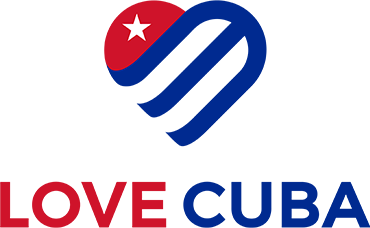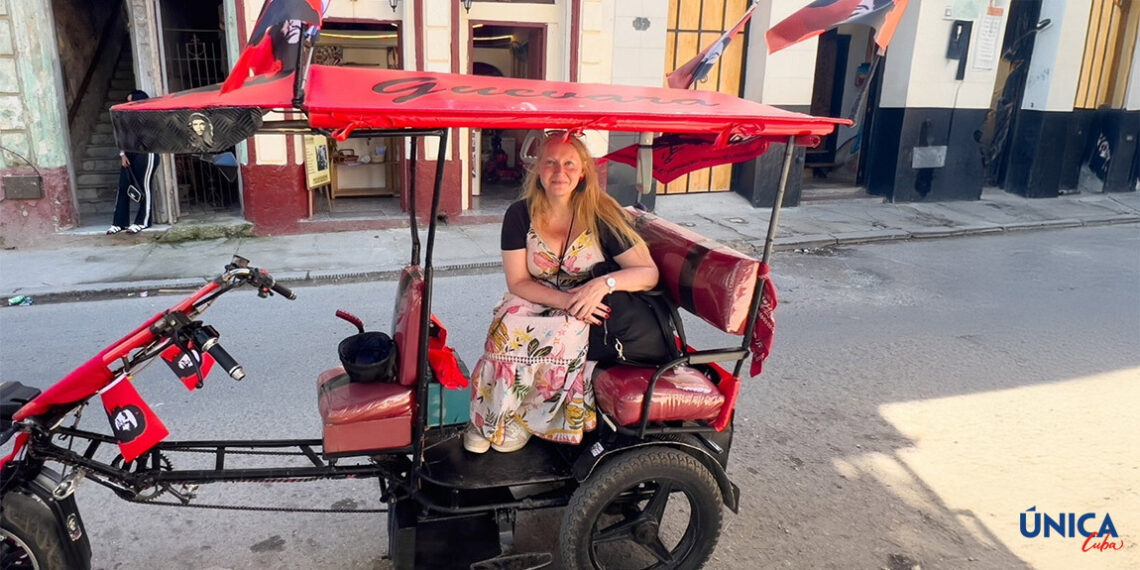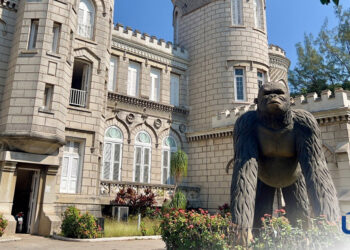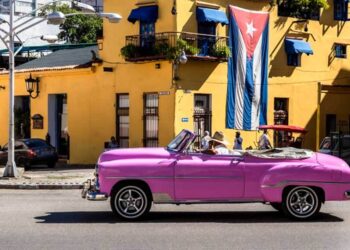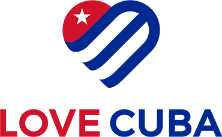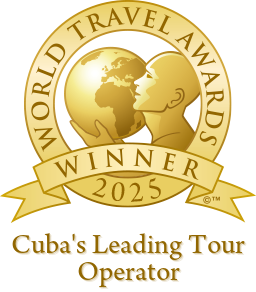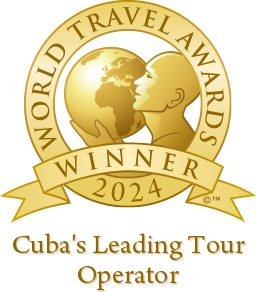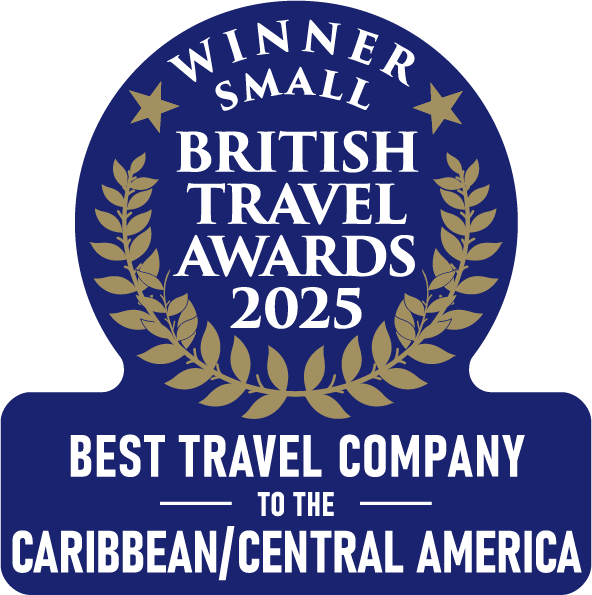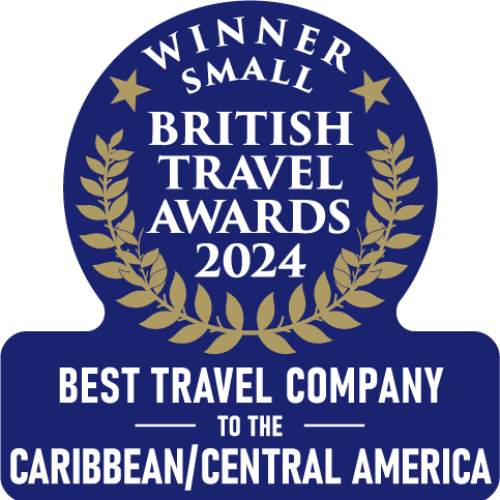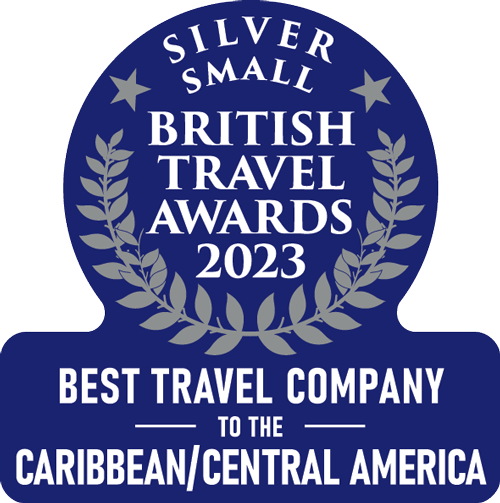I spot the unmistakeable image of Che Guevara fluttering in the breeze on a dazzle of communist-red flags. It’s a bicycle taxi haloed with flags bearing Che’s famous face. It’s parked in front of the white Capitol building in Old Havana and I’m drawn to it like a magnet!
Owner Miguel runs tours all over the city, he says. So, I arrange a pick up from my B&B. As I walk out into my dozy street the next morning, I hear music filtering from the bold red Che-mobile. It is, unmistakably, the sound of one of Cuba’s much-loved and dearly missed singers Polo Montañez. I’d bought Montañez’ two albums years ago I tell Miguel, so we begin our morning chatting about Montañez, his melodic tunes, and his untimely death in 2002.
I’d like a meander through the leafy streets of my El Vedado neighbourhood before heading towards Old Havana, I tell Miguel. I let him know I’m British so he suggests a first stop at John Lennon Park. The park is a wonderful respite from the noise of other parts of Havana with its trees and benches. We pull up close to the life-size bronze statue of Lennon seated and cross-legged on a bench.

The idea for a statue emerged in the 90s, Miguel says, when Yoko Ono visited the island with a Cuban friend living in Mexico. But it wasn’t until 2000 that the bronze by José Villa Soberón was unveiled by Fidel Castro. By Lennon’s sculpted feet, and engraved in Spanish, are his famous lyrics.
“I’m a dreamer but I’m not the only one,” Miguel begins to sing! Beatles music was banned in Cuba in the 60s for being unrevolutionary but a turning point came in the 2000s and now, at the corner of the park is the Yellow Submarine Club. But Beatles music isn’t so popular now, Miguel tells me. It’s salsa and reggaeton that rocks the airwaves about town. As we motor away, he points out something not in the guidebooks: the home of a famous Cuban baseball player whose house faces the park.
We turn south up the hill of the Avenue of the Presidents, so named for the statues and memorials to Cuba’s rulers and leave the quieter, leafy streets of el Vedado behind. The sound of traffic and beeping horns blots our conversation. It’s at this point Miguel tells me he has a translation app, too, that converts his speech to languages he doesn’t speak so he can guide anyone in his bici. The translator’s voice coming from his speakers manages to overpower the traffic noise.

Downhill is Revolution Plaza. We cruise into the parking lot with Montañez still playing and park up alongside the candy-coloured American classic cars. Miguel tells me about all the large buildings surrounding the vast open space and why the giant metal silhouette sculptures of Che Guevara and Camilo Cienfuegos adorn two of the buildings.
We head north and east along main avenue Calle 23, I admire the grand mansions, apartment buildings, cinemas and cafés that line this main road. We pull in for a pitstop at one of Miguel’s favourite morning haunts, ice cream parlour Bueníssimo, for a strawberry scoop.
What’s with the Che Guevara theme, I ask Miguel.
“Che was loved by everybody and was unique in all of Cuba. The worst thing was that he was betrayed,” he says, referring to his assassination by CIA-backed Bolivian forces in 1967.
“He was Argentinian but also Cuban. He was a great friend of Fidel and important in the history of Cuba,” he explains.
I take the opportunity of our break at the alfresco café table with wind whipping off the Atlantic to ask him how he wound up with the bicitaxi business.
Miguel first studied mechanical engineering and worked checking imported vehicles at Mariel, Cuba’s largest port, west of Havana. He left during the pandemic to look for other jobs as his US$50 a month salary wasn’t enough to support his growing family.
He dreamt of opening a café but realised he didn’t have the right resources so focussed on the bicitaxi tours idea taking tips from his historian mum who is a Russian speaker, too, and dedicated his time to restudying Cuba’s history.
He first rented a bicitaxi and worked as a messenger transporting take-away food around the city. With his saved earnings he bought his first vehicle and converted it to electric. He now has four vehicles he pays licenses for.
We set off again south through the tumbledown streets of Centro Habana, a mainly residential area. Miguel takes me through the lively streets of China Town pointing out Chinese society landmarks, new private businesses and his favourite burger joint. Did I know that many Chinese had fought for Castro’s Revolution? No, I wasn’t familiar with the story of Chinese Popular Militia who defended Castro’s victory. Chinatown isn’t much visited by tourists but it’s a fascinating enclave with a buzzy atmosphere, flower sellers, new cafés and a fantastic art gallery, Arte Continua.
We zip by the gleaming white, gold-domed Capitol building and past the Presidential Palace, now the under-restoration Museum of the Revolution, and pull up in front of USSR-donated tanks parked in front of the building. Alongside are the crumbling remains of an old wall. It was five kilometres long, built from the 17th century, and had nine gates in total, Miguel explains.
At the end of the tour we return to the Che Guevara theme. Miguel pulls up at the ‘Banco de Che Guevara’ in Old Havana’s Cuba Street. Che was named President of the Bank of Cuba in November 1959 and a plaque marks the spot where he was appointed. It makes me think of the three-peso ‘Che Guevara’ bank note peddled by sellers across the city. And on that Guevara note, I thank Miguel for his Che-mobile tour and get dropped in the leafy Plaza del Cristo in downtown!
Miguel Armando, Agencia Bici Tour Havana Cuba
WhatsApp +53 5973 1105 FB https://www.facebook.com/miguel.armando.706516

Love Cuba is the UK’s leading Cuba holiday specialist. Click here for more info on Cuba holidays, Multi Centre Cuba Holidays or Tailor Made Cuba Holidays – please don’t hesitate to contact our friendly team of Cuba holiday specialists on 0207 071 3636 or email enquiries@lovecuba.com, today.



